Every year we experiment with growing a new grain, not only to enjoy it in the kitchen, but to generate biomass for the compost bin. This year we chose White Sonora Wheat, and heirloom wheat. According to Slow Food USA, White Sonora is “one of the oldest surviving wheat varieties anywhere in North America. Predating the Red Fife and Turkish Red wheat.”
Even small space gardeners can grow grains. In our 4×4 bed, the yield isn’t high enough for a year’s supply, but it is a chance to use some home-grown wheat in bread or pastry making (and to dream of a larger space to grow all our food).

We planted White Sonora in October because it is a winter wheat. That said, Southern California weather doesn’t really allow for winter wheat to act like winter wheat, which ordinarily grows low and wide in fall, then goes dormant in winter, then emerges and branches out in spring to maturity.
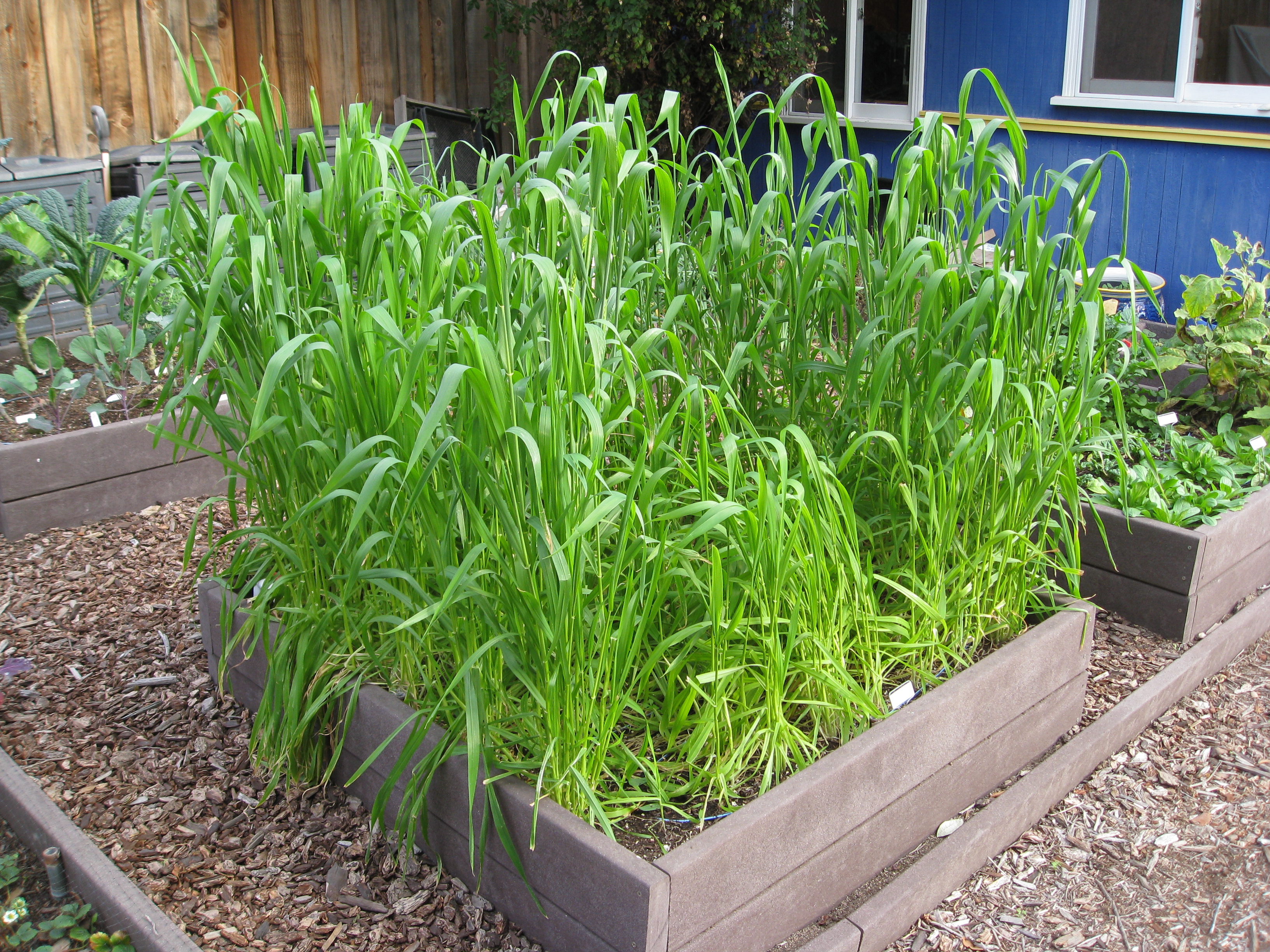
To prep for planting, we put down a couple inches of compost in the bed. Over fertilizing can cause lodging (stalks falling over). Our compost may just be too rich, because we experienced some lodging after a storm. We expected the stalks to recover from the winds, but they didn’t. Compost 1, wheat 0.

Now, in late January, our wheat is showing its colors. Only a few at first, but eventually the entire bed will push forth beautiful seed heads.

We’re watering between rains to keep the soil moist, but our close spacing creates a living mulch so very little water is lost to evaporation.
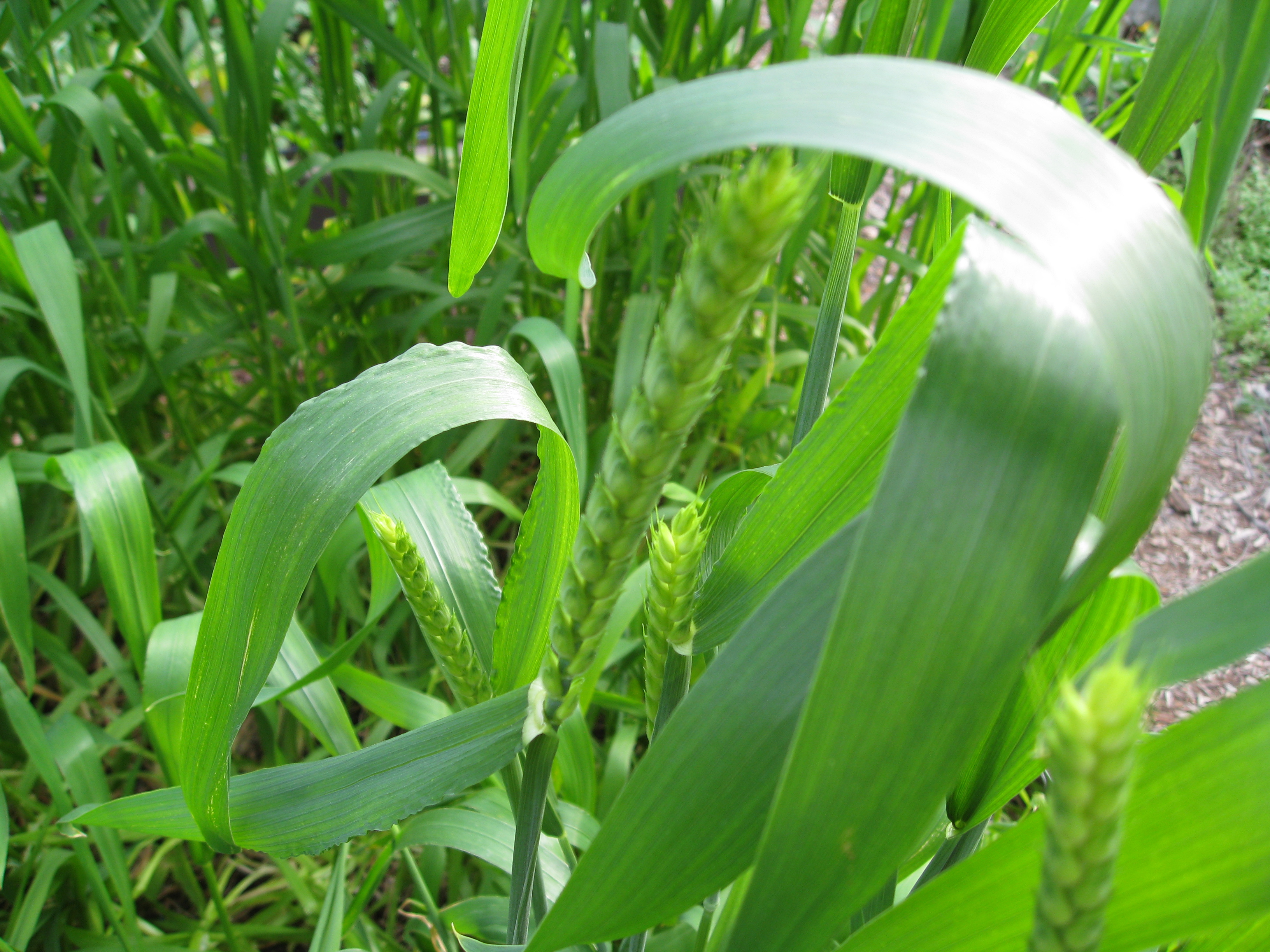
Stay tuned for more on harvesting (and knowing when to harvest) this spring…

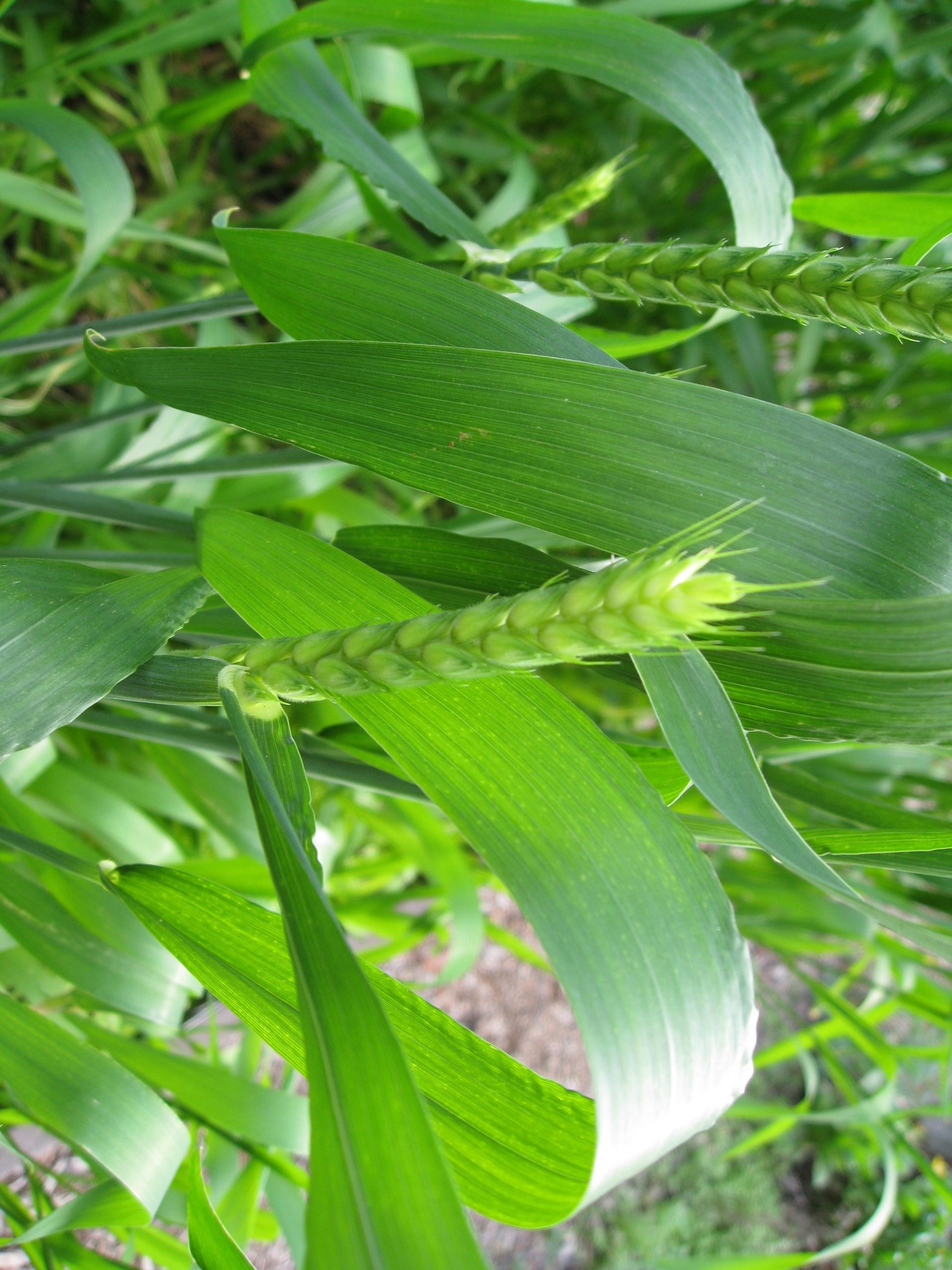
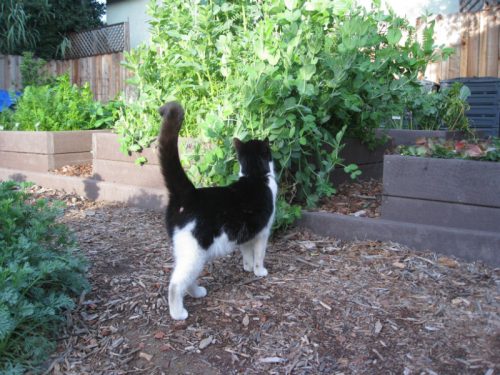

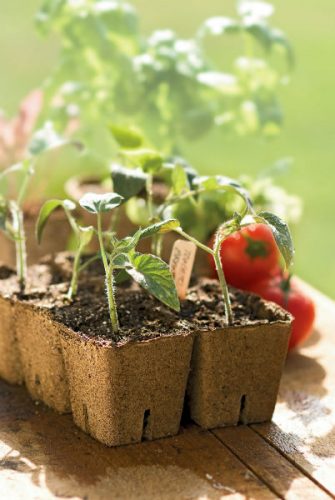
Will the wheat come back again the next year on its own?
Good question, Marcia. While there are breeders working on strains of perennial wheat, pretty much all commercial and heritage varieties grown now are annual crops. That’s true in the case of Sonora, Turkish Red, Red Fife and others like them.
Pingback: Harvesting Wheat - Gardenerd
If you water less, you will probably have less lodging. A few questions: What grew in the wheat bed in the spring/summer? Did you improve the soil before planting wheat this year, or did you decide not to add compost?
We usually add a layer of compost before planting, and apparently (thanks to good record keeping) we grew potatoes in the bed prior to wheat. This year we’ll be growing wheat in a bed after watermelons. We’ll see how that works out.
We’ll explore the watering tip this time around and see how it goes. Thanks!
Pingback: Harvesting Wheat | Gardenerd
Let us know the quantity you get from the box and the dimensions. Good info to have for future tries. We want to try growing this also.
Planting wheat seed 1 1/2″ deep and 2″ apart is recommended. Deeper planting may help correct the lodging.
Good to know, Dana, thanks! I’ll give it a try next time.
This is something I plan on planting this year and also rice. I read last year that rice will grow very well in regular, non-water saturated soil, so we’re going to try it. Thanks so much for the information on wheat. I am definitely going to do this.
Debbie